Quick Links
As a tea drinker, you most likely enjoy the numerous health benefits that tea has to offer? Well, you may be shocked to learn that many manufacturers of tea use plastic to keep the tea in the bag.
Even though my drink of choice is coffee when I wake up, you can learn more about how plastic ruined my morning coffee in this post, but I want to help you make the right choice when buying your reusable tea bags.
What is the best reusable tea bag? Which material should I use? How to clean my reusable tea bags?
So before you pour boiling water over your next tea bag and hope it doesn’t release any carcinogenic chemicals into your favorite morning brew, let’s learn to prevent this from happening again.
Now the beauty about this is that it is a very simple zero waste swap that doesn’t cost much and it will save you money over time, not only because of fewer visits to the doctor:)
Why should I buy reusable tea bags?
The most important reason to buy reusable tea bags is to protect your health and avoid adding more microplastic to your body than necessary.
Related: 12 proven ways to avoid eating microplastic
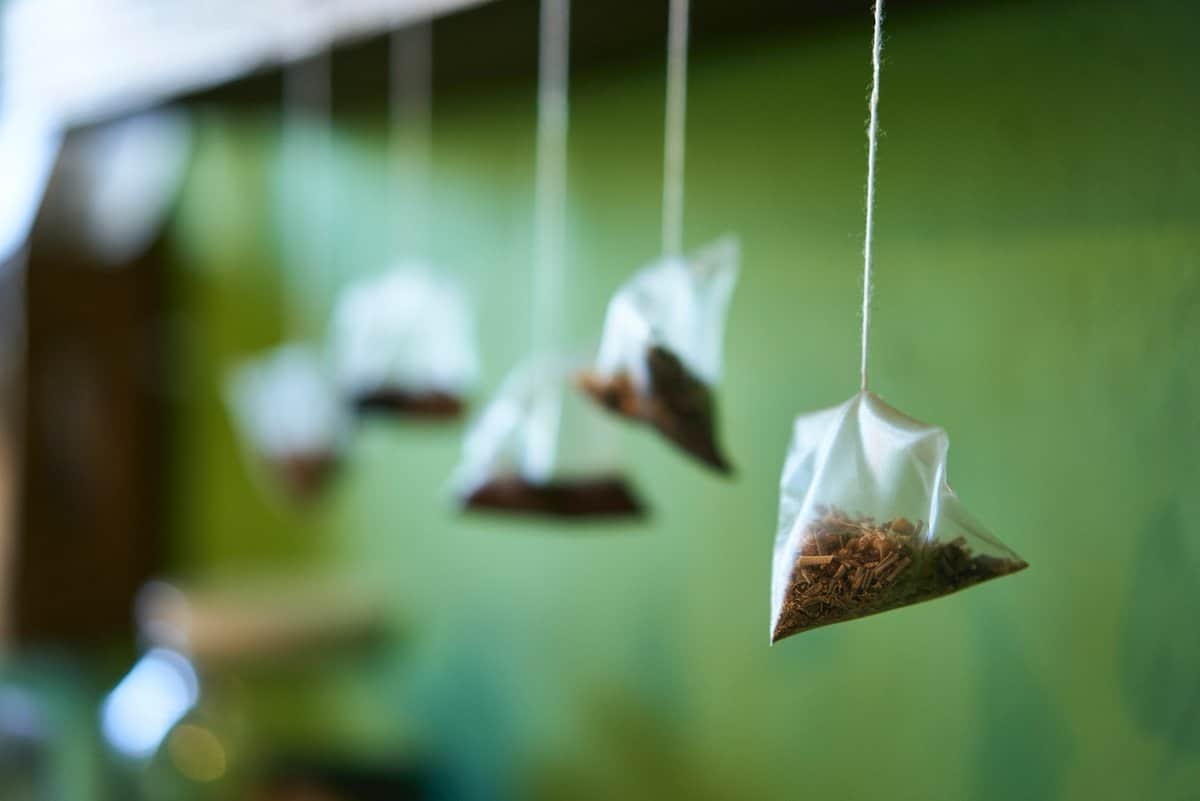
Sadly plastic has found its way even into tea bags. Gone are the days when you could carelessly through your tea bags into the compost, and they end up just biodegrading.
The average disposable tea bag that you get from your supermarket may look harmless at first, but some companies have added polypropylene to the tea bags to seal them.
While others are entirely made up of plastic. Most of the pyramid-looking bags.
Small dots act as glue and keep the tea in the bag and sometimes the entire bag is made from a plastic mesh. However, polypropylene is a known carcinogen and not something you want to add to your beloved hot tea.
A 2019 study found that a single plastic tea bag can release 11.6 billion microplastics and 3.1 billion nano plastics into one cup of tea. If that isn’t enough reason to start brewing tea in your reusable bags, then I don’t know what is.
However, there is a trend where companies are starting to use more ‘biodegradable’ plastics, which requires you to separate your waste and bring it to an industrial composting facility.
So simply, the best solution is to get reusable tea bags.
What To Look For When Buying Reusable Tea Bags
Material: the best material for your reusable tea bags are: Natural and organic cotton or stainless steel.
Price: How much will it cost me to use loose leaf tea?
Disposability: How often can I use my reusable tea bag?
Quality: Does the tea bag lose tea leaves inside my beverage?
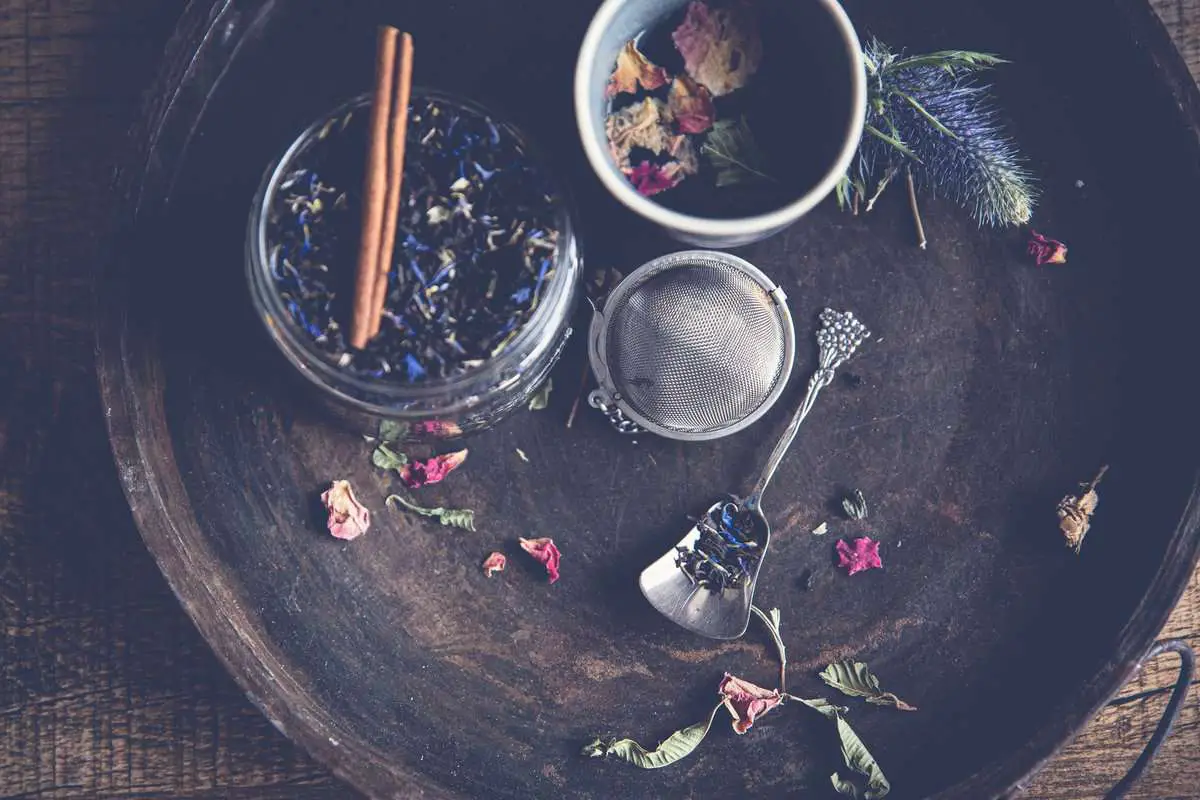
Which is the best reusable tea bag?
There are several different materials used to make reusable tea bags.
- My personal favorite is stainless steel tea strainers. They last almost a lifetime; if you look after them, they look nice, and I can be 100% sure that only tea mixes with my hot water and no nasties.
- We have reusable cotton tea bags. While you can get them in different sizes, ensure the cotton tea bags are made from organic cotton and not bleached. I find the downside with cotton tea bags is that they don’t look great anymore over time, and some may even start to smell.
- Silicone tea bags. I am not the biggest fan of silicone because if you don’t know its quality, it may have been stretched with chemicals to save money in the production process. The best way to test this is to bend or stretch the silicone and if it has a white edge, stay away. In this post, you can learn more about why silicone might not be the best solution.
- Tea steeper. These little mesh buckets sit in your cup, and you pour the hot water over them. If they are made from metal or just cotton, then that’s fine, I would say, but as soon as they have plastic added to the container, avoid them.
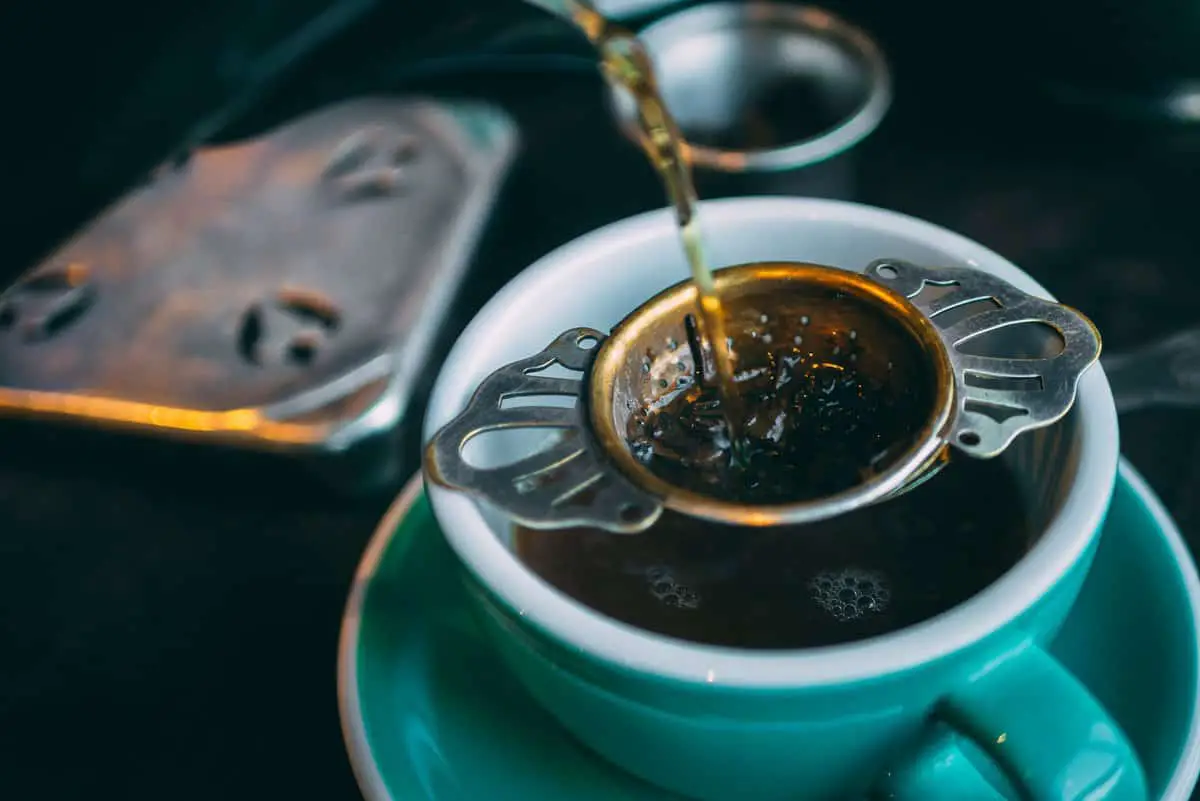
Which tea bags don’t contain plastic?
Well, there are a ton of companies that use bioplastics which are plastics made from plants. However, while this may sound like a good solution, your home compost, in most cases, won’t be able to compost these teabags, and most people aren’t going to go the extra mile and make sure that these small tea bags find their way to a proper recycling and composting facility.
So I could give you a list here, but honestly, the best way to go about tea is to buy it loose from a tea shop, but I made a list anyway.

Pukka is a B corporation, 1% member for the planet and many more.
The package is in recyclable paper and printed with vegetable ink so you can even throw the box in your compost.
The sachets use cotton string and are also compostable due to a special folding technique there is no need for glue.
Buy on Amazon or on Pukka
Higher Living Herbs is a British family-owned business. They are also a 1% for the Planet member.
Recyclable packaging and no microplastic in your brew.
Even the queen has awarded them.
Buy on Amazon or on Higherlivingherbs
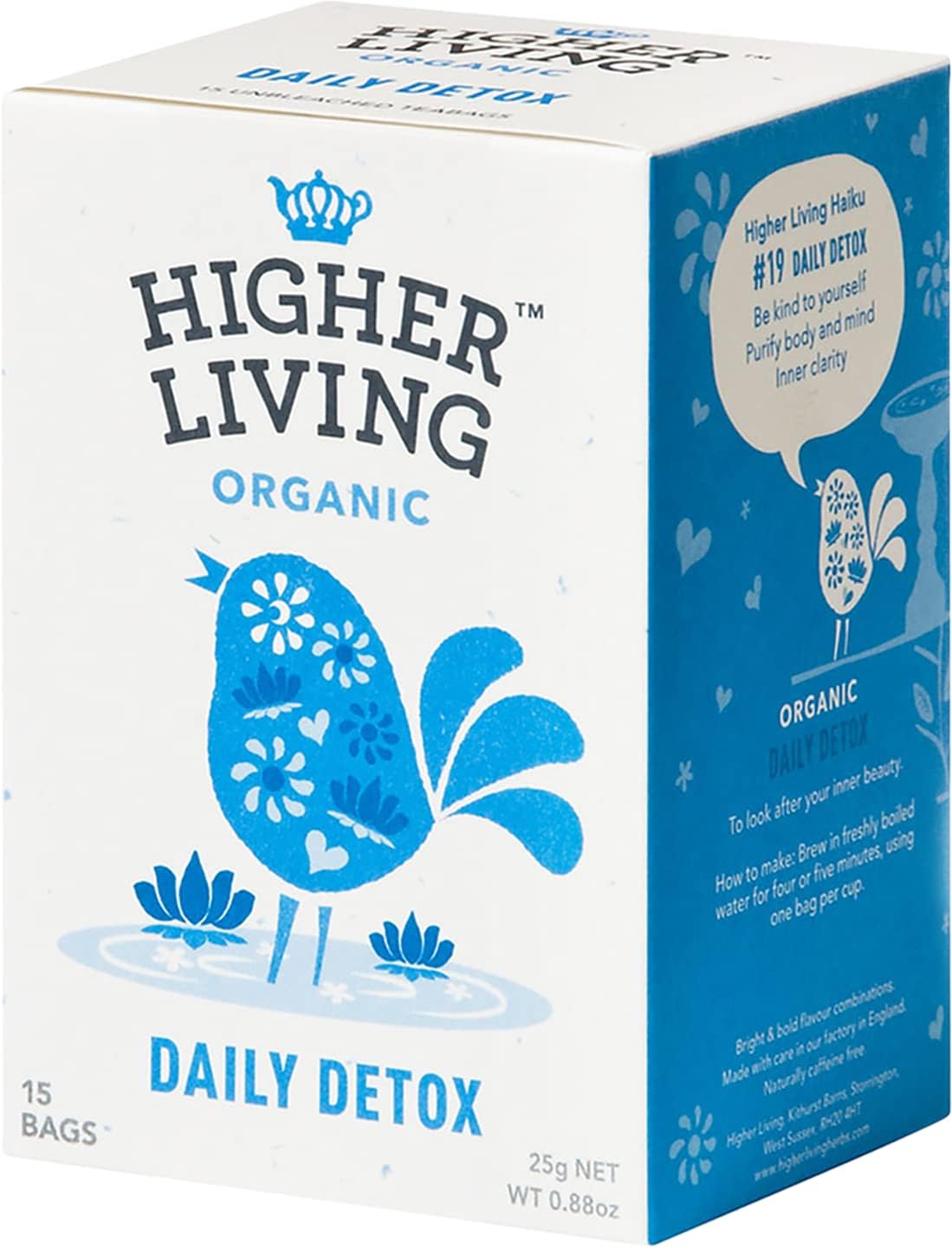

Republic of tea has been making great tea for 27 years. They come in a stylish metal box and they use unbleached round paper bags.
Buy at RepublicOfTea


Tea tonic makes delicious tea fresh from the hills of Sri Lanka. They use unbleached filter paper that is individually wrapped.
It comes with no staples and is totally compostable
Buy on TeaTonic
Most other brands I have come across use some bio glue or something made from cornstarch.
The tea bags are often in this new fancy triangle shape to make them look great, but most of them are made from bioplastic so I would stay away from it.
Find a nice tea shop and grab some delicious loose leaf tea. Go home, use a reusable tea strainer and enjoy a good old cuppa on the porch.
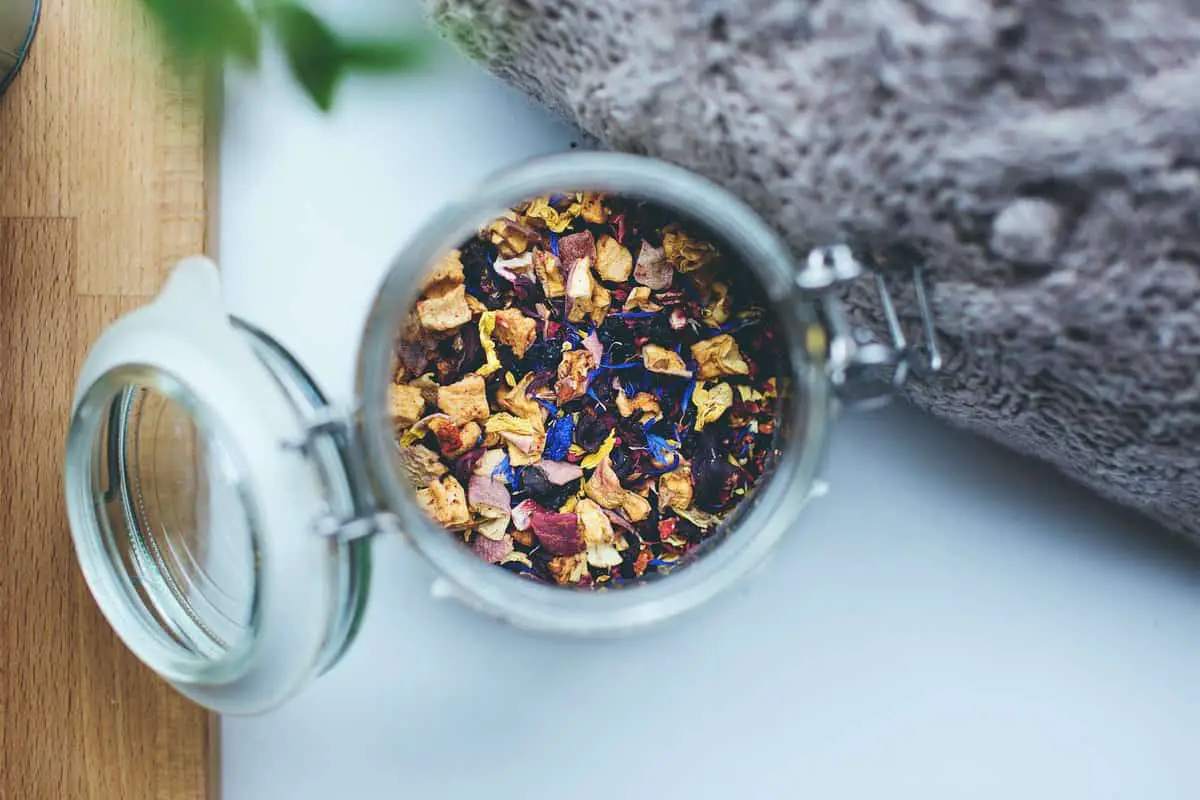
Loose leaf tea tastes better anyway.
On my trip to Sri Lanka, I got to taste a few different teas and oh my, the difference between loose leaf tea and the tea bags we buy in a supermarket is huge. When you think about it, it makes a lot of sense.
Tea that has to travel across the globe and be transported in different temperature conditions and humidity will change and even lose some flavor.
If you are a serious tea drinker, you know what I am talking about. It’s the same with coffee, grinding your beans compared to using a Keurig machine in’s worlds.
To sum it up: the pros and cons of drinking loose leaf tea.
Pro’s
fresher tea
better flavor
often cheaper
no plastic
no chemicals in your tea
non-toxic
fully biodegradable
reduce waste
Con’s
old tea
less aroma
often more expensive
additives that don’t need to be there
some are plastic tea bags
can have chemicals in your tea
not always clear if it is compostable
How to brew loose leaf tea without any plastic?
- Grab a spoon of your favorite loose leaf tea and add the desired amount to a reusable tea strainer.
- Use a kettle that is made of steel or glass to boil your water. Alternatively, you can just use a pot.
- Pour your hot water but not boiling water over a tea strainer into your teapot
- or use a stainless steel tea infuser
- to let seep for however strong you would like your tea.
- enjoy all the health benefits without the
Make your own DIY reusable tea bags.
This, of course, has to be part of this blog post. Since going zero waste often aligns with making things yourself. I am not the biggest sewer, but I can probably figure out how to sow three corners together and perhaps even have a little string going through the bag to close it using my grandma’s sewing machine.
There are some helpful videos out there, so I won’t go into too much detail, and you can watch the video here.
Which tea works best for reusable bags?
When I drink tea, I mainly drink black tea. However, any tea will work in your tea infuser. The process doesn’t change, and what can change is that the tea strainer or reusable bags can take on some flavor of your tea. So perhaps you keep some separate for different teas, or if you use the metal tea strainer, you can just scrub it, and it won’t take on any flavor.
How do you clean reusable tea bags?
Tip loose leaf tea into your compost and rinse the teabag with water. Allow it to air dry. When you use milk in your tea, wash the bags with a little bit of soap each time to prevent mold from happening. Otherwise, you can rinse them with clean water and wash them with dish soap every other day.
How to dispose of my used tea bags?
Even though you understand now that disposable tea bags are not the best way to enjoy your favorite drink, you may still have your cupboards full of tea bags that you don’t just want to throw away. But, since disposable tea bags almost all have some form of glue, you have two options to safely dispose of them.
- rip the bags apart and only compost the loose leaves.
- check-in your area if you have an industrial composting facility (this is only applicable for bioplastic)
Final notes
To make the perfect cup, I think you are best off getting some good quality loose leaf tea from your local tea shop and using a nice tea infuser or tea ball made of metal and enjoy your brew without any worries.
What is your favorite way of making tea? Do you have a cool twist you would like to add?
